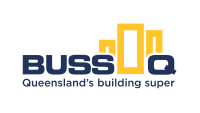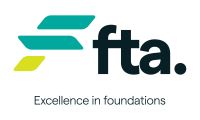Menu
- Membership
-
Services & advice
- Building, planning & development
- Contracts & disputes
- Employment & wages
-
Health, safety & environment
-
Common hazards
- 10 critical risk events and controls
- Asbestos
- Bullying & harassment
- Chemicals
- Confined spaces
- Electricity
- Excavation
- Falling objects
- Fatigue
- Heat-induced illness
- Heights
- Manual tasks
- Mobile plant
- Noise
- Psychosocial Hazards at Work
- Power tools
- Severe weather
- Silica
- Site security
- Sun & ultraviolet rays
- Storage & housekeeping
- Underground & overhead services
- Health & Safety Representatives (HSRs)
- Incident management
- Mental Health
- Risk management
- Safety documents & signage
- Safety health checks
- WHS self assessment tool
- COVID-19
-
Common hazards
- Laws, codes & regulations
- Licensing
- Members Legal
- Products
- Training
- What's on
- News & publications
- Homeowners
- About
- Contact
- Terms & conditions
Working in confined spaces can be extremely hazardous and serious incidents can occur quickly without warning. Confined spaces generally aren't designed to work in as they are very small and may have poor ventilation, which can enable hazardous atmospheres to develop.
Confined spaces exist in:
- Tanks
- Ducts
- Containers
- Underground sewers, wells, shafts, trenches or tunnels
- Silos
- Chimneys
- Ducts
- Flues.
There is usually minimal risk of atmospheric contamination or engulfment for a worker in a roof cavities in home, unless hazards are introduced into the space, such as gas for brazing pipes or flammable solvents. Before entering a roof space, always consider what hazards may be present or introduced before you enter.
A mine shaft is not considered a confined space.
Planning and risk assessment
Risks in confined spaces include:
- Noise
- Fumes, gases or lack of oxygen
- Fire or explosion
- Engulfment by solids or liquids
- Hazardous manual tasks.
If work is going to take place in a confined space, you must conduct a risk assessment beforehand so you can ensure that appropriate controls and precautions are in place, and complete a Safe Work Method Statement (SWMS).
You may need to monitor the air in the space to test:
- Oxygen levels
- Concentration of flammable contaminants
- Concentration of harmful contaminants, such as carbon monoxide.
Control measures
Hierarchy of Controls
Use the following Hierarchy of Controls to determine what level of control you need to manage the risks associated with working in confined spaces.
- Elimination – determine whether the need to enter the confined space can be eliminated, for example using cleaning devices that can be inserted into the space instead, such as spray balls using high-pressure hoses
- Substitution – use non-toxic substances instead of toxic substances or apply paints and coatings with brushes and rollers instead of aerosols
- Engineering – use ventilation to ensure a safe oxygen level in the space and conduct atmospheric testing
- Administration – includes risk assessments, SWMS, confined space entry permits, rescue plans, and competency based training
- Personal protective equipment – wear a hard hat, gloves, respirator, chemical suit and safety boots.
Need more information?
If you haven’t found the answer to your questions on our website, give us a call or email us.





